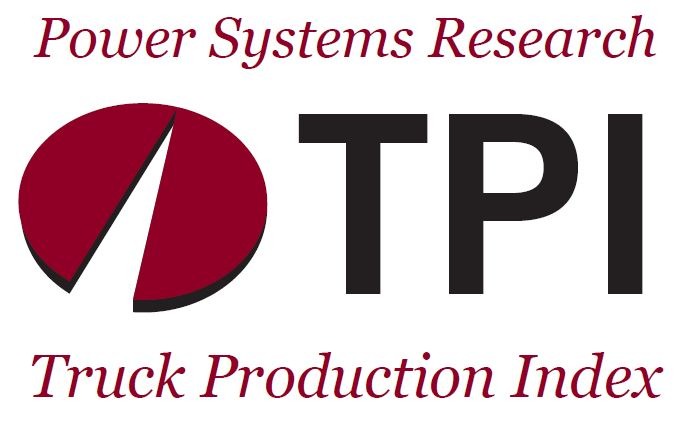Edge Computing Helps Connect America

Cities, nationally and globally, are embarking on innovative efforts to harness the benefits of rapidly emerging technologies to improve citizens’ quality of life, increase operational efficiency, and enhance economic vitality and sustainability.
These efforts often involve changing the nature of data storage and transfer, primarily by moving these steps from data storage “clouds” to local data centers closer to the application.
Since Power Systems Research began tracking global equipment manufacturers in 1976, its analysts have been aware of new technologies and electrification trends such as these which can affect future markets. Today, we’re closely following these changes in data transfer and storage.




